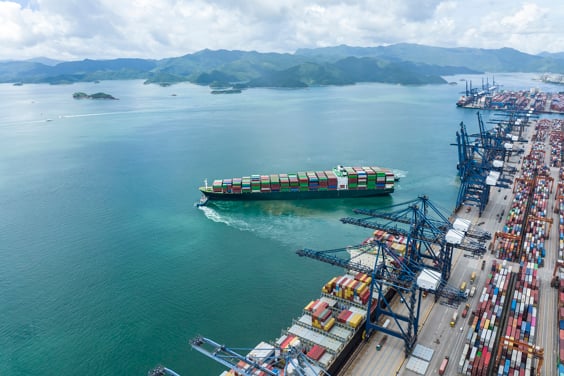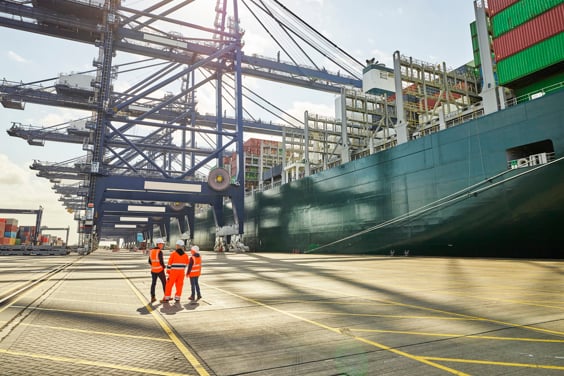
Sustainable procurement embeds environmental, governance, and social considerations into buying processes and decision-making to minimise environmental impact while maximising positive social outcomes.
Supply chain assessments are essential to find strengths, weaknesses, opportunities, and threats in the supply chain for improving sustainable procurement for better business efficiency, lower costs, increased customer satisfaction, and to sustain a competitive advantage using a Total Cost of Ownership (TCO) approach through Life Cycle Analysis (LCA).
By examining the entire product or service lifecycle, from raw material sourcing to end-of-life disposal, businesses gain a holistic understanding of both financial and environmental impacts. This allows for the optimisation of resource allocation, the reduction of waste, and the promotion of ethical sourcing, ultimately leading to a more resilient and sustainable supply chain that benefits both the business and its stakeholders.
Why LR
LR audits the integration of ESG principles into suppliers' business practices by gathering data on all relevant aspects of the supply chain, pinpointing critical areas for improvement. LR identifies high-risk suppliers and develops corrective action plans to address any issues found using a tailored scoring methodology.
LR helps you develop a supplier code of conduct, embedding ISO 20400 guidelines into procurement practices, integrating ESG factors into the bidding process, and developing a sustainable procurement strategy.
Examples of work
LR gave a Second Party Opinion (SPO) to assess the alignment of one of the largest dry bulk shipping companies in Southeast Asia with the safeguard policies of the leading regional development bank in Asia and Pacific. LR conducted a detailed supply chain review, evaluating key sustainability elements and identifying pathways to enhance environmental and social performance. The supply Chain Mapping and Assessment included analysing operational risks and factors across the shipping value chain, ensuring compliance with the bank’s safeguard requirements.

 Sustainable Procurement
Sustainable Procurement








